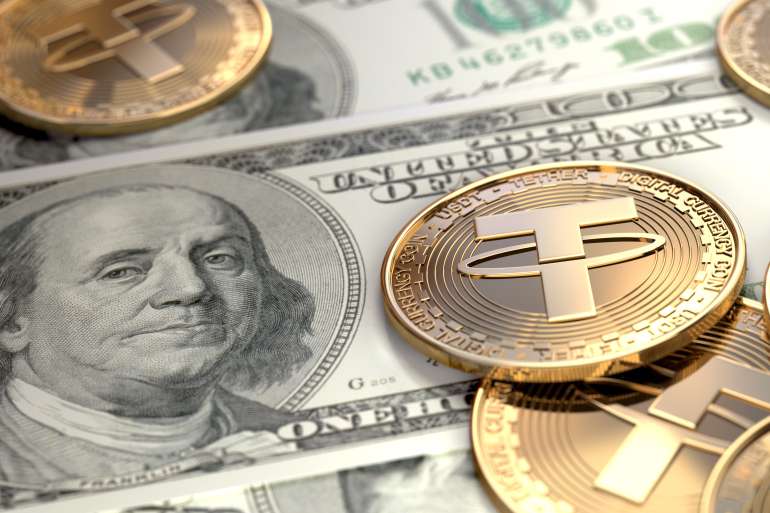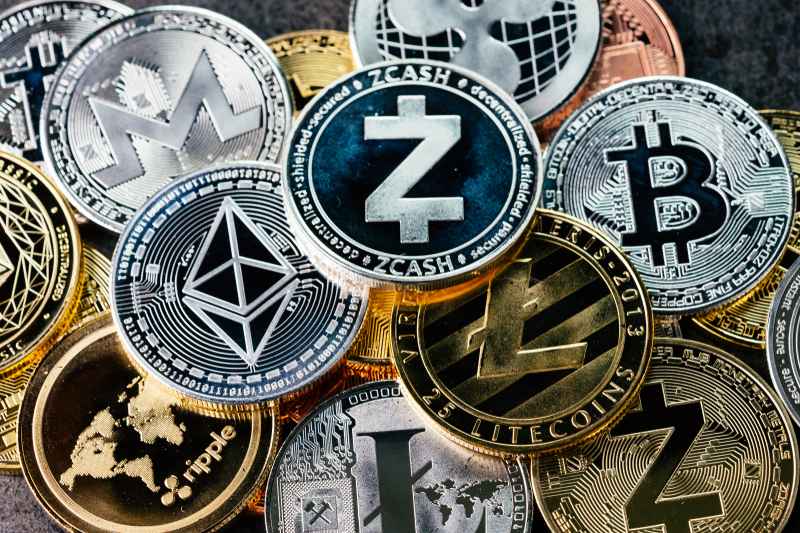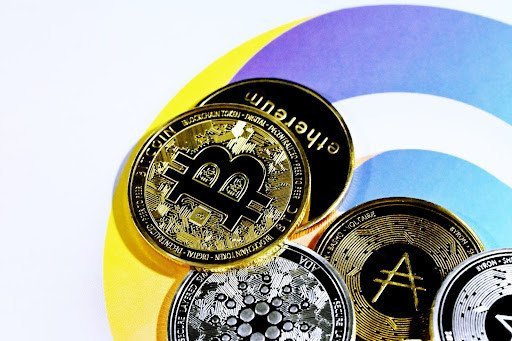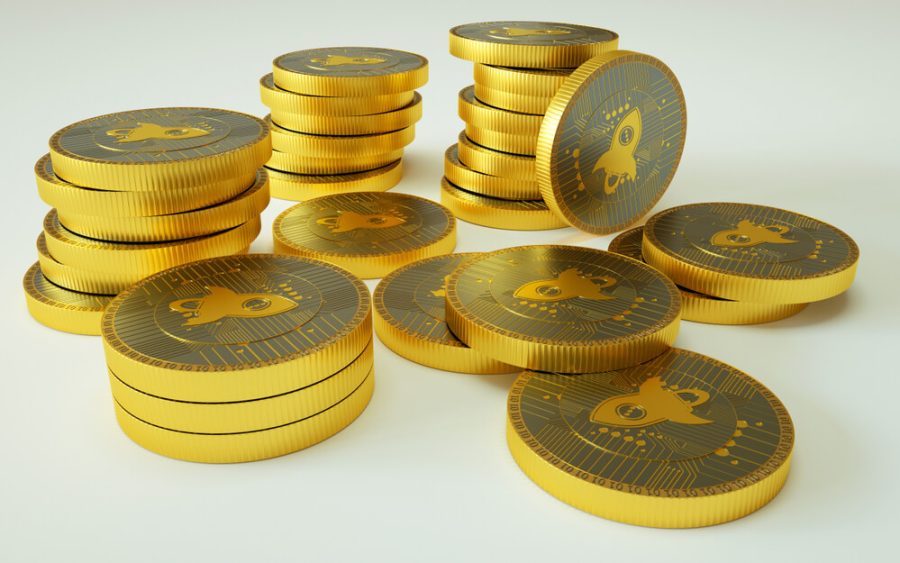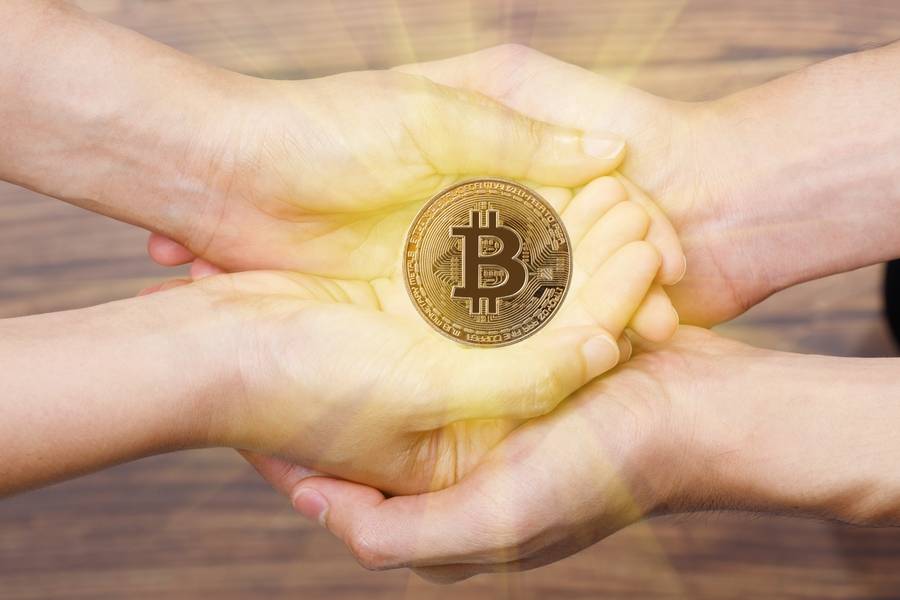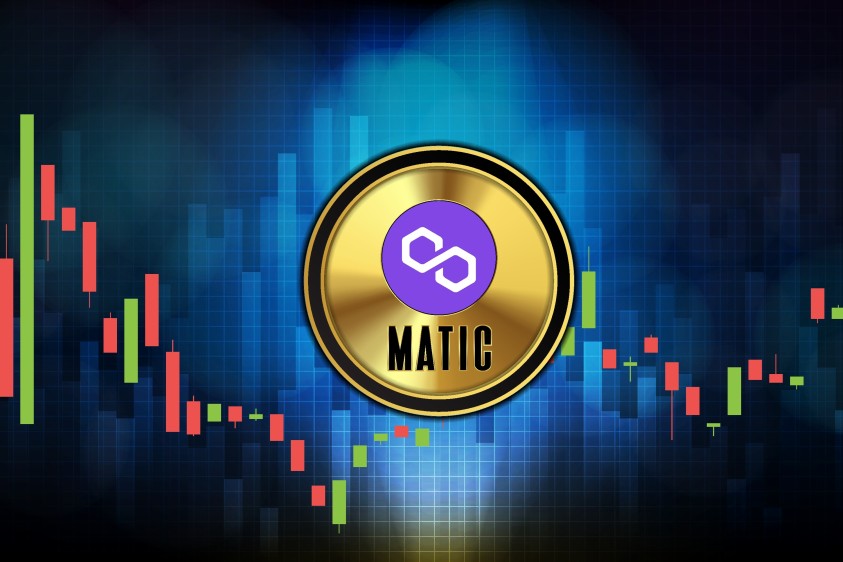According to a new report, people residing in the Middle East and North Africa (MENA) region have received about $566 billion in crypto between July 2021 to June 2022. Interestingly, this figure represents a whopping 48% growth over the transactions conducted in the year prior.
The findings are part of the 2022 Geography of Cryptocurrency report from the blockchain data analysis platform, Chainalysis.
In the previous edition of the report, the MENA region accounted for 7% of global crypto transactions. Thanks to the increase in transactions, the region now accounts for almost 10% of the global crypto transaction, which according to Chainalysis makes it the fastest-growing crypto market in the world.
Zooming in, the report finds that although traditionally MENA has always been one of the smaller crypto markets in the 2022 Global Crypto Adoption Index, this year it accounts for three of the top thirty countries in the index, with Turkey (12), Morocco (14), and Egypt (24).
Turkey, which is the largest crypto market in the region, has received $192 billion between the tracked timeframe.
The report also shed light on the evolving crypto ecosystem in the member states of the Gulf Cooperation Council (GCC).
Saudi Arabia, for example, is the third-largest crypto market in all of MENA, while the UAE clocks in at the fifth spot. Between the tracked period, UAE conducted transactions worth $38 billion, which is a sizable increase of 36% over transaction volumes in the previous year.
“In recent years, we have seen the UAE government introduce pioneering regulations that are helping accelerate the adoption and utilization of cryptocurrencies in the country,” noted Kim Grauer, Director of Research at Chainalysis, in a press release. “Dubai has become a hub for crypto companies that serve customers not just in the Middle East, but all across Asia and Africa.”
Looking at the reasons behind the increased adoption, the report notes that people have thronged to cryptos largely as a means to preserve their savings. For instance, Chainalysis notes that in Turkey and Egypt, fluctuating crypto prices have coincided with the rapid devaluation of fiat currency, with the Turkish Lira inflating by 80.5% in the last year, while the Egyptian Pound weakened by 13.5%.
Also of note is Egypt’s remittance market, with remittance payments accounting for about 8% of Egypt’s GDP. In fact, Egypt’s national bank has already begun a project to build a crypto-based remittance corridor between Egypt and the UAE, which could further increase the use of cryptos in the region.
While the North African countries use cryptos for utilitarian purposes, the reasons for adoption are significantly different when it comes to the GCC countries.
“When you look at markets in the GCC, we take the view that this adoption is driven by young, tech-savvy early adopters with relatively high disposable incomes, that are, you know, searching for investment options, and have a conviction in crypto right now,” observed Akos Erzse, Senior Manager for Public Policy at the Dubai-based crypto exchange BitOasis.
